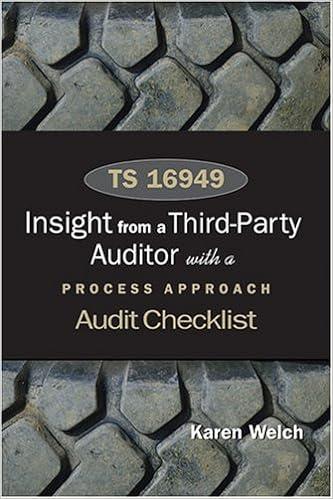Answered step by step
Verified Expert Solution
Question
1 Approved Answer
Statistical Tables 0.1 0.05 0.05 0.025 0.02 0.01 0.01 0.005 0.1 Appendix 1: t distribution Two tails 0.2 One tail df 20 1.33 30 1.31


Step by Step Solution
There are 3 Steps involved in it
Step: 1

Get Instant Access to Expert-Tailored Solutions
See step-by-step solutions with expert insights and AI powered tools for academic success
Step: 2

Step: 3

Ace Your Homework with AI
Get the answers you need in no time with our AI-driven, step-by-step assistance
Get Started


